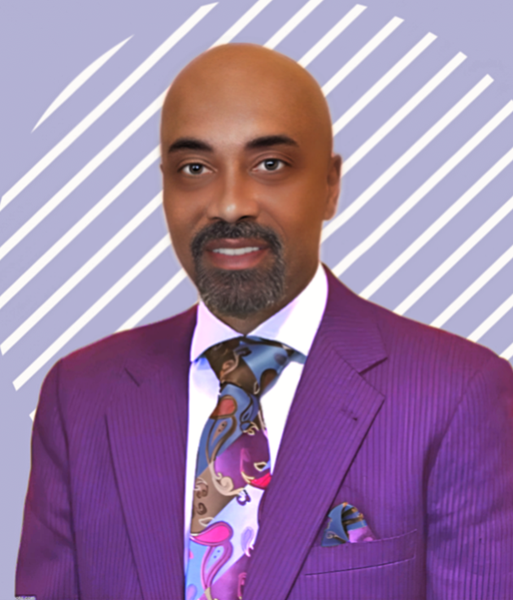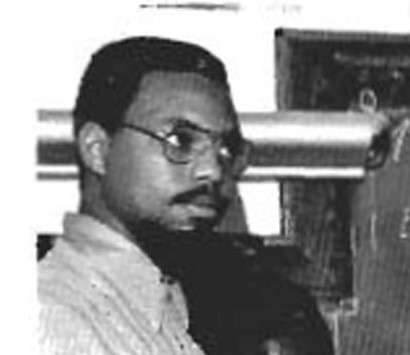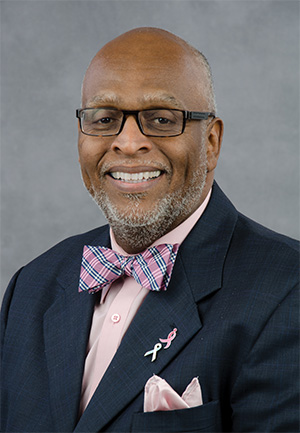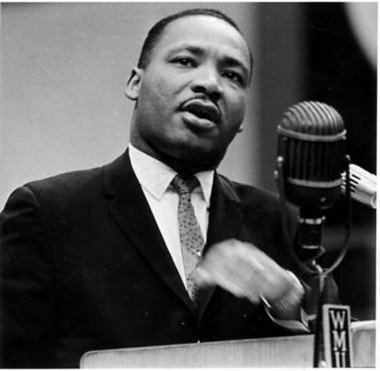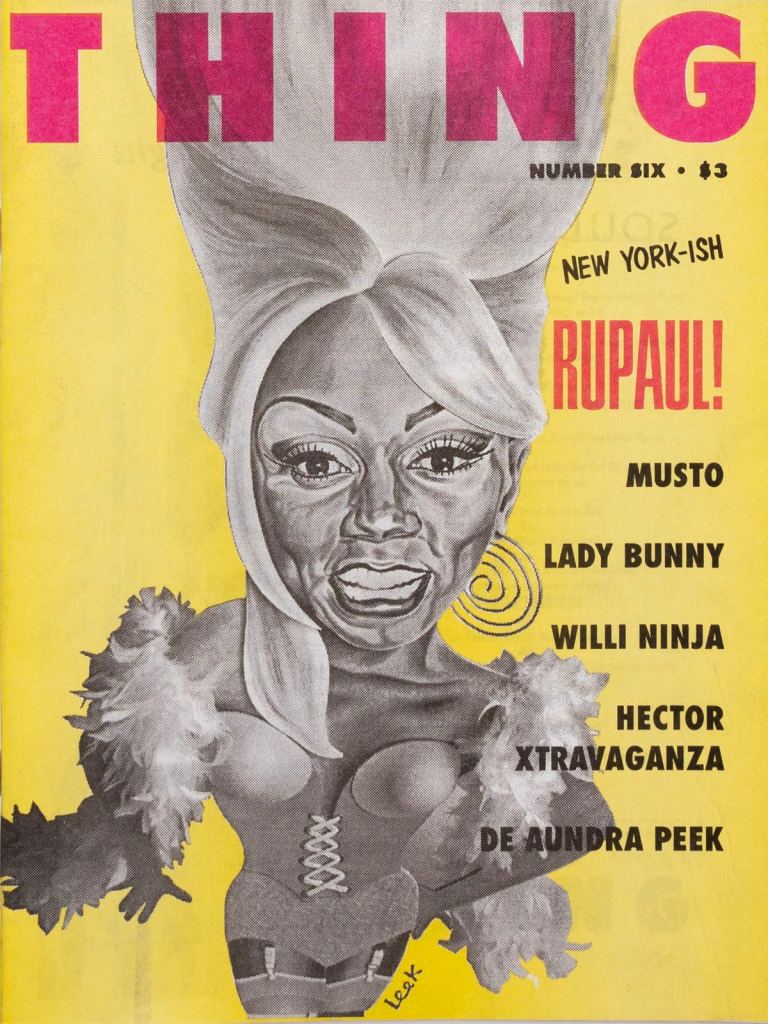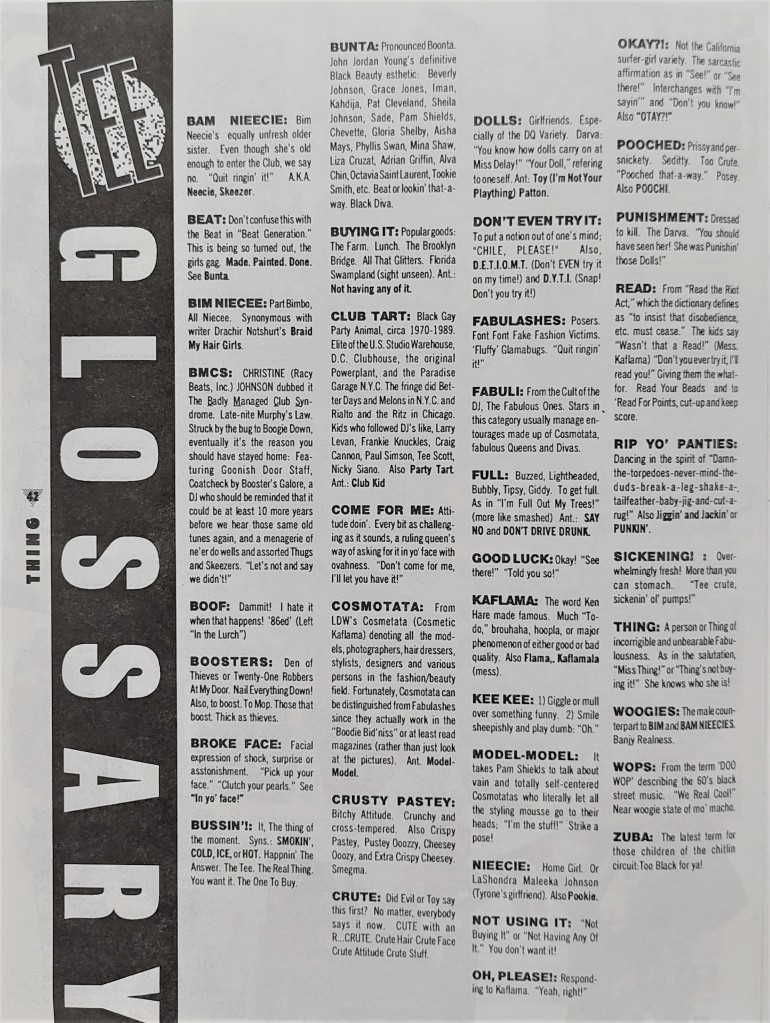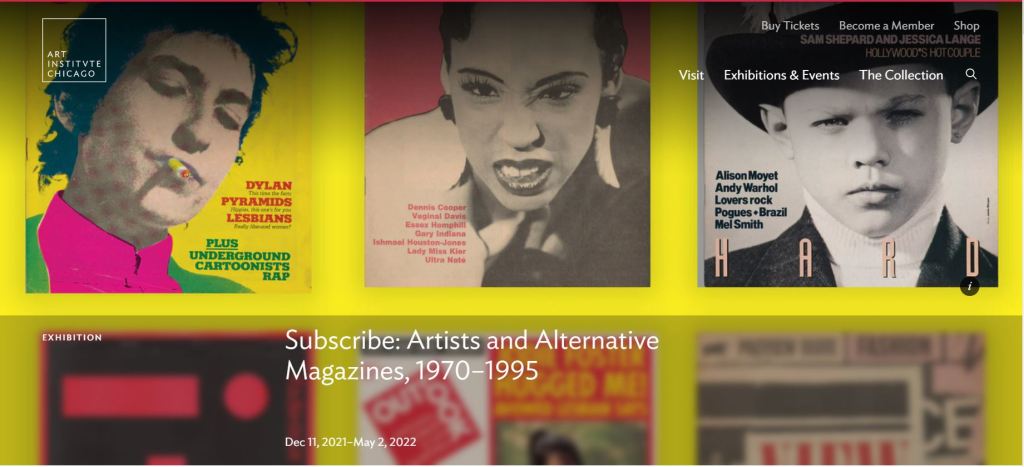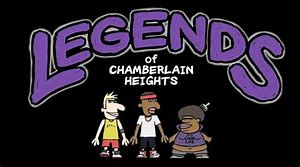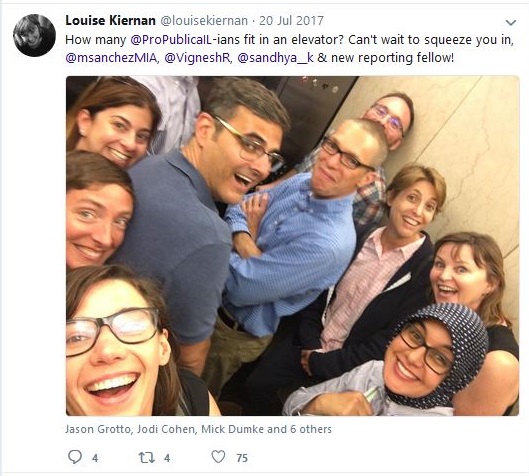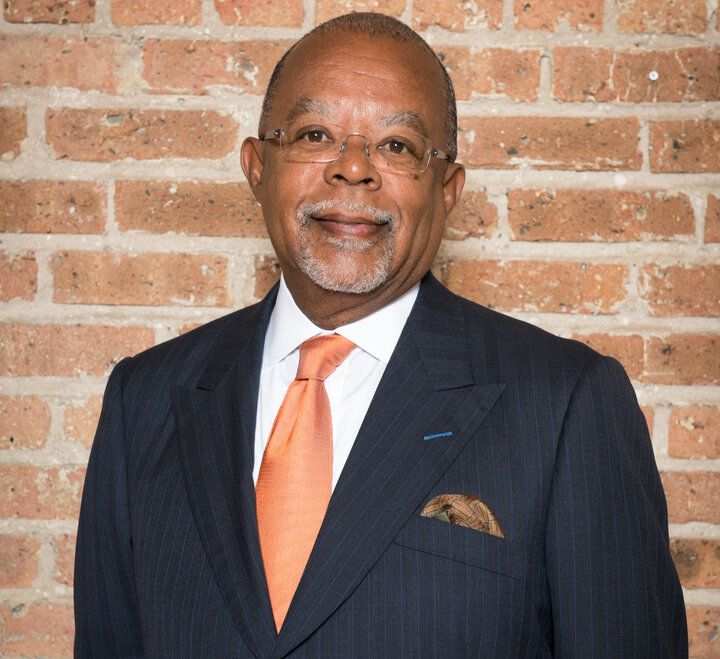In an exclusive face-to-face interview, Pastor John Harrell from Proviso Missionary Baptist Church in Maywood, IL, shares his incredible testimony of what it was like growing up as a young man on the West Side of Chicago.
His story begins remarkably idyllic. He comes from a “healthy middle-class family,” and his parents both worked forty years on their jobs. His father, Jerry Harrell, a Vietnam veteran, worked for the state of Illinois. His mother, Francine Harrell, retired from ComEd. They owned a four-bedroom, two-bathroom, single-family home on North Central Park Avenue and Augusta Blvd. in West Humboldt Park.
“It was the house of hospitality,” says Pastor Harrell, “Our house was where you can get something to eat, you can get some clothing, and you can get some shelter. We always had four or five boxes of cereal on the top of the refrigerator. Mom cooked a meal every day. Folks came to our house, and they thought we were rich. We had all the necessities and weren’t on public aid.”
His parents opted for a private education for him and his siblings. “I went to Saint Thomas Aquinas parochial school, K through 8. In my first year, I went to Weber High School, and then I transferred and went to Marshall High School — a great academic institution on the West Side. I went to the military after I graduated and later received an honorable discharge from the Army National Guard.”
At eighteen, Harrell landed a job as a mail carrier for the USPS in Westchester, IL, a suburb of Chicago. His daily route brought him into contact with Currie Motors Lincoln Mercury, Inc., a now-defunct car dealership on West Cermak and Wolf Road. Despite his stable middle-class upbringing, the temptations he encountered at the dealership would prove hard to resist.
How did it happen? Who and what influenced him? What is the surprising twist that caused his downfall? And how did he redeem himself?
The Runner
In the summer of 1991, the charismatic young man walked into the car dealership and started conversing with the general manager. “He liked me,” stated Pastor Harrell.
“I started working as a unionized porter. I would fetch the cars and clean the cars for the dealership. At this particular time, these fellows were coming in getting these big Oldsmobiles, Delta 98s, Royale 88s.”
“They were heavyweights, and they weren’t Black, not one of them. And, to this day, I’m still sworn to secrecy. I’ll never tell you who they were, but a lot of guys you’ve seen in the newspapers. A lot of the guys you’ve seen where the Feds went in their walls and found millions of dollars.”
“I was cleaning their cars as a young man, fetching their lottery tickets … getting their cigarettes … They always appreciated that I was a young man with integrity; they said that I was beyond my time.”
“While there, I began to rise up the ranks. I went from washing cars to being a service adviser and a service writer. I was so clean-cut. I was so sharp. I could catch on to anything. I wanted to be a service manager one day.”
One day in 1992, he was cleaning a heavyweight’s car. “As I was cleaning his car, there was a bunch of money in there. And I told him, ‘You know, you got money on your floor.’ And there were some drugs in there.”
“I don’t know if he was setting me up to see if I would steal it, but I told him, ‘You know you need to move that. … I don’t feel comfortable cleaning your car. I don’t want nobody saying I’m taking anything.’ ” The heavyweight appreciated Harrell’s honesty and rewarded him.
“From that day forward, he made me his guy and started introducing me to people. ‘Go get this. Get that.’ Run and pick up the money. And I would always bring it back.”
At nineteen years old, Harrell earned $4K – $5K per week as a runner. “That’s good money! Cash money!” stated the Pastor. On top of that, he pulled in $65K annually from the car dealership. “It was the easiest job a young man could have. It was basically running around,” referring to his responsibilities at the car dealership.
“
Pastor Harrell
I spent it all.
What did you do with all that money? “Man, I just spent all of it. Every chance I got; I spent it all. I didn’t save any of it. I bought myself old-school cars and motorcycles. I did just what the rap videos said to do: spend it foolishly.”
The Supplier
As a runner, Harrell left an indelible impression on his boss. They were captivated by his integrity. He was seduced by their lifestyle and wanted more.
“Look at them; they look good. Man, I wanted to be like those old guys: the old Hispanics, the old Italians, the old Russians, the old Polish, the old African Americans. I knew them all. I was looking up to them guys because that’s the element that was before me.”
KH: What was it about the old hustlers? “How they dressed, how they carried themselves. The level of respect that they had, the women, to me, they had it all. They had nice cars and nice houses. And they had a pocket full of money. I’m not thinking about anything but living like that — like Superfly!”
Harrell continued as a successful runner until 1996. His loyalty had earned him the respect of his boss, he shared. “He helped me become a supplier because I knew all the guys in the hood. And I knew I could beat everything they had. I ended up beating everybody’s prices.”
Harrell’s business exploded as he undercut the competition, and he kept a tight circle of clients supplying a chosen few. “You handle everybody else,” he told them.
Only Two Ways Out
“The weight is on your shoulders,” says Pastor Harrell.
“And how do I try to get out of it? In your mind, you think you will make money and just one day walk away. But I’m here to tell you that’s not how it goes. There are only two ways out of this lifestyle. One is through a casket, and the other is through a jail cell.”
The reality, however, didn’t stop Harrell from creating a third option. “I started a company called H2O Power Washing. … I put 400-gallon tanks on pickup trucks and go around and wash cars at the dealerships for $3 a piece. I go to U-Hauls and clean trucks on the lot for $5 a piece, and then I can do your trailers for an additional $7. But at that time, they [the Feds] were looking at me,” he said.
Although Harrell successfully transitioned away from trafficking, a karmic twist was about to take hold of his life.
KH: How did this impact your family? “I kept them away from it. They never knew what I did.”
“
Pastor Harrell
They never knew
what I did.
KH: How were you able to manage that? “Easy … I always interacted with my family, attending birthdays, events, and holidays. They think I’m in the car business, but I’m not. I was living two lifestyles.” However, the years of living a double life would soon be over.
“I thank God they didn’t get me for all I did. They got me because I took them pickup trucks. I lied on my credit application. That’s how they got me,” says Pastor Harrell. On the credit application, he stated that H2O was in business for three years. In actuality, H2O was incorporated for only three months.
Charged with theft by deception and other violations, Harrell went to prison for nearly three years in December 1998.
The Road to Redemption
Upon release in 2001, Pastor Harrell has been dedicated to serving God and rebuilding the Black community through his 501(c)(3) organization, Blackmen United Foundation (BMU Foundation). Established in 2020, Anthony Prince, Terry Young, Johnny Jackson, and Pastor Harrell founded the organization to address nationwide issues related to food insecurity, violence prevention, and workforce development.
Pastor Harrell credits Bishop Dr. Claude Porter, his spiritual mentor, as the force behind the organization’s success. “He is the greatest of all time at putting programs together. I’ve succeeded him,” says Pastor Harrell.
So far, the BMU Foundation has distributed one hundred million pounds of food to twelve million people nationwide.
KH: How can you give away millions of dollars of perishable food and household goods?
“Corporate America! My mega partners are World Vision and Costco. Also, Overstock and Amazon returns are donated to us for free, and we give them away free to the people. We have tractor-trailers we utilize as part of our workforce development to pick up items, and some of their trucks are dispatched to us. We get about twenty tractor-trailers a month.”
On 17 February 2023, representatives from the BMU Foundation joined city officials in breaking ground on the Roosevelt & Kostner Industrial & Innovative Center as part of the INVEST South/West economic development initiative.
Pastor Harrell says the BMU Foundation will house their violence reduction, food insecurity, and workforce development programs at this new location, which is scheduled to open in the fall of 2024.
“
BMU Foundation
We’ve placed
people in the new
Bally’s casino.
“We’ve been able to place people at hospitals. We’ve placed people in the new Bally’s casino. We’ve placed people in various construction trades with construction partners and developers. We have a good training and feeder program.”
KH: Does it matter if the residents have a felony or something in their background?
“No. It doesn’t matter because there are companies that hire ex-offenders. It speaks to the power of the God of second chances.”
KH: How does your background influence your accomplishments through the BMU Foundation? “We can take food into a community and bring this gang and that gang together and have them settle their disputes. That’s the value in it.”
KH: From the daily work you do through BMU Foundation: What’s an important issue facing the Black community right now? What can we do to fix it?
“It’s the Willie Lynch letter: I think that what we have is internal racism with each other. Put the tall one against the short one, the light skin against the dark skin, the old one against the young one, the poor against the rich. That’s the biggest problem that we’re facing. It’s the lack of love, hope, and trust for each other.”
“We just have to start sharing and showering each other with love. One person at a time until it becomes contagious. Until then, we’ll always be behind, trying to get ahead, and always struggle.”
KH: What is BMU Foundation planning for the future? “We’ve hired a lobbyist.”
Pastor Harrell believes that effective lobbying can address policies affecting the Black community at the legislative level.
KH: Any last words? “I just try to be the best I can be and be a good example. I try to be a role model to encourage young brothers and sisters that want to be encouraged. Those that want to hear me, they’ll hear me,” says Pastor Harrell.
For more information, visit: blackmenunitedusa.org
An edited version of this profile was first published in the Chicago News Weekly newspaper.

